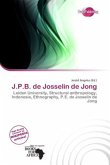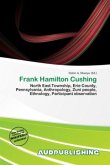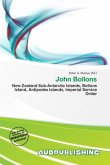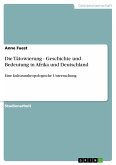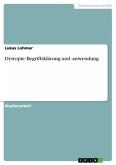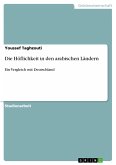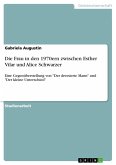Please note that the content of this book primarily consists of articles available from Wikipedia or other free sources online. Bernardino de Sahagún (1499 October 23, 1590) was a Franciscan friar, missionary priest and pioneering ethnographer who participated in the Catholic evangelization of colonial New Spain (now Mexico). Born in Sahagún, Spain, in 1499, he journeyed to New Spain in 1529, and spent more than 50 years conducting interviews regarding Aztec beliefs, culture and history. Though he primarily dedicated himself to the missionary task, his extraordinary work documenting indigenous worldview and culture has earned him the title the first anthropologist. He also contributed to the description of the Aztec language Nahuatl, into which he translated the Psalms, the Gospels and a basic manual of religious education. Bernardino is perhaps best known as the author of Historia general de las cosas de la Nueva España (in English: General History of the Things of New Spain (hereinafter referred to as Historia General). The most famous extant manuscript of the Historia General is the Florentine Codex. It consists of 2400 pages organized into twelve books with approximately 2,000 illustrations drawn by native artists using European techniques.
Bitte wählen Sie Ihr Anliegen aus.
Rechnungen
Retourenschein anfordern
Bestellstatus
Storno


